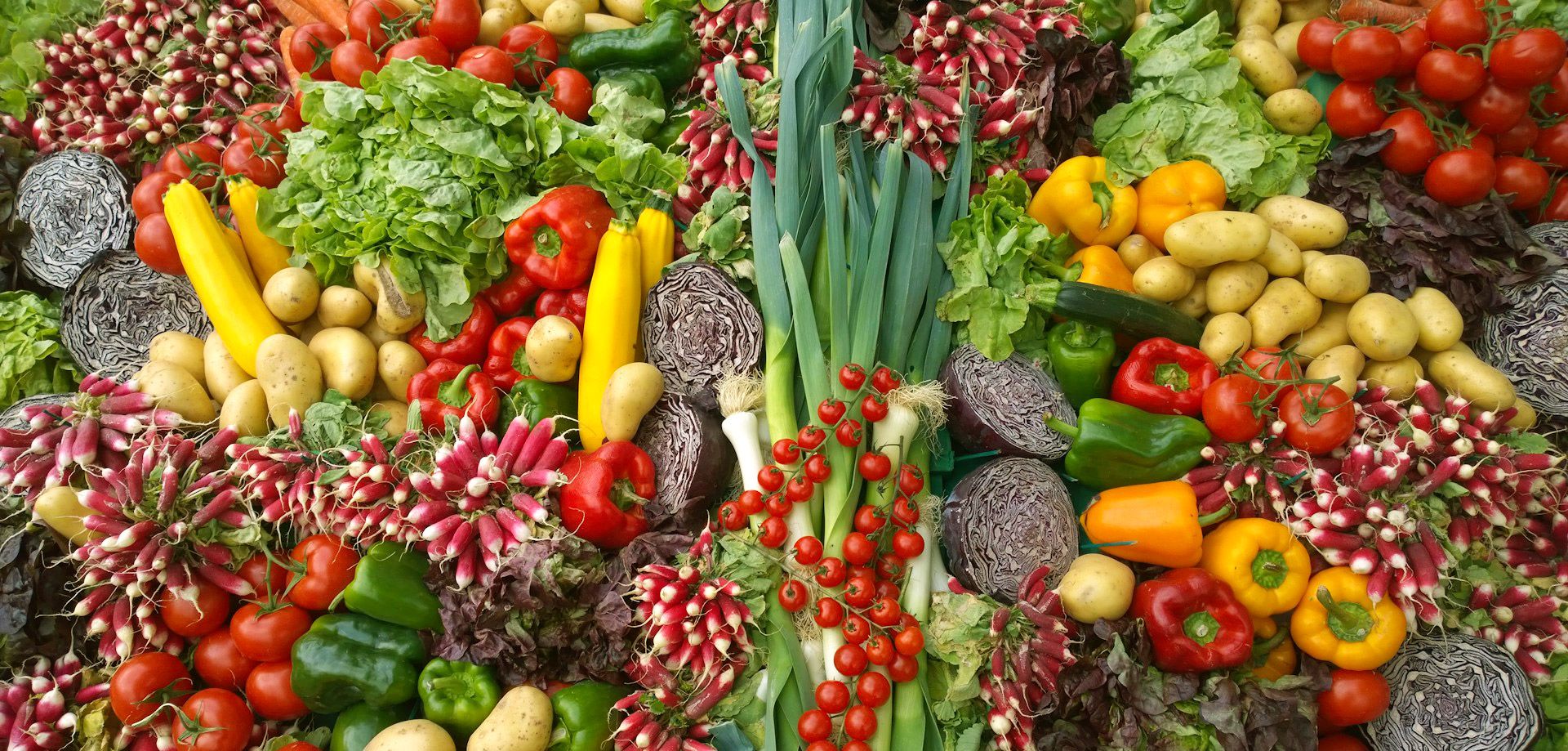This site is being reviewed and updated as needed to comply with President Trump's executive orders.
Recipes
Looking for a variety of recipes to serve your elders, including some with traditional food ingredients? Then check out these recipes below!* Click on each category to view a variety of options with detailed instructions, ingredient lists, and nutrition facts. If you cannot find the ingredients you are looking for, then be sure to visit the Native Food Directory to find a food vendor near you!
*The majority of these recipes were provided with permission from Chef Francisco Alegria and were originally published in a recipe book that was developed using OAA Title III grant funds received by the Tribal Technical Assistance Center Program at Great Lakes Inter-Tribal Council, Inc. Recipes from other contributors are identified by a citation under their recipe title.

Gardens
Did you know that Title VI programs can build their own gardens? In addition to encouraging healthier eating habits, gardening can offer many potential health benefits. It can provide your elders with a fulfilling project, while also giving them the opportunity to engage in physical activity and socialize with others.
Title VI Funds
Title VI Part A/B funds can be used to:
- Design and build herb, fruit, and vegetable gardens for your elders.
- Purchase garden equipment and materials.
- Hire full or part-time gardening staff.
- Hire a gardening consultant to provide advice/guidance for your program.
- Pay for official gardening-related staff training and travel expenses.
Download our Title VI Spending Guide for a list of common equipment and materials that your program can purchase.
Donation and Exchange Program
Through this program, you can use Part A/B funds to transport extra produce from your garden to other Title VI programs. You can also set up an exchange program with other Title VI gardens to share different types of produce. This can help you build positive relationships with other programs and allow your elders to enjoy fresh garden produce that you might not be able to grow locally.
Remember to think about the cost of shipping compared to the potential benefits when deciding whether to donate or exchange produce with other programs. Also, make sure to research and follow all applicable laws, regulations, and food safety standards when packing and shipping produce, especially if it’s going out of state. If you have any questions, it’s a good idea to check with your USDA State Plant Health Director first.
Garden Types & Resources

Container
Uses containers such as pots, hanging baskets, and window boxes.

Raised or Elevated Bed
Raised beds are typically constructed to improve drainage and soil quality. Raised or elevated beds can help make gardening more accessible by minimizing the need to bend or kneel.

Vertical
Can be used to maximize space in small areas by growing plants vertically using a trellis, wall-mounted planter, or other structure.

Aquaponic or Hydroponic
Plants are grown without soil, using nutrient-rich water instead. They can be set up indoors or outdoors. Aquaponics combines aquaculture (the raising of fish) with hydroponics.
- Aquaculture and Aquaponics
- Aquaponics
- Small-Scale Aquaponic Food Production
- Hydroponics
- Hydroponic Crops

Greenhouse
A greenhouse is built to grow plants in a controlled environment. They can be used to extend the growing season, grow non-native plants, or protect plants from pests and harsh weather conditions.
Title VI Gardens
Little River Band of Ottawa Indians
This Title VI garden was built using galvanized steel stock tanks graded for garden use. The soil was purchased from a local greenhouse, and they included donated tomato plants and discounted the squash and pepper plants. This creative, budget-friendly option proves that any Title VI program can build their own garden to increase the health and happiness of their elders.
Last Modified: 08/29/2024


